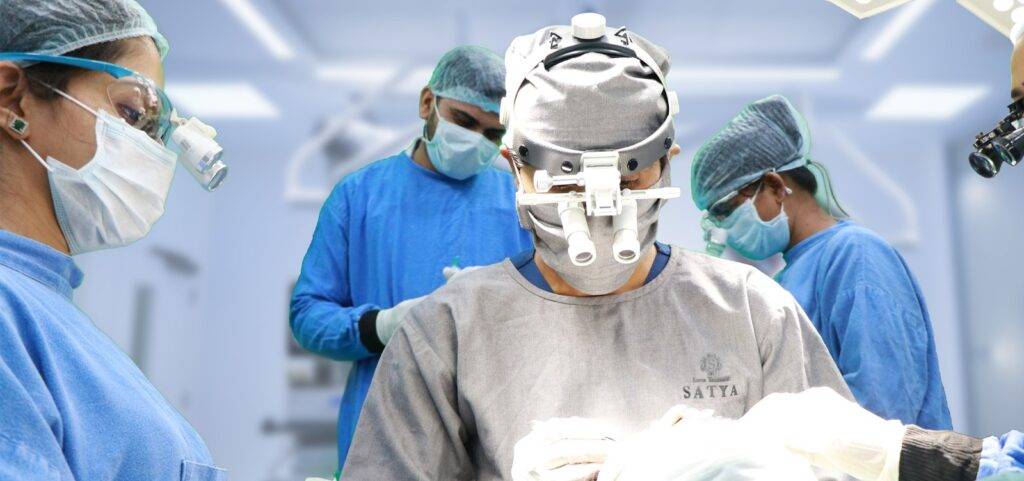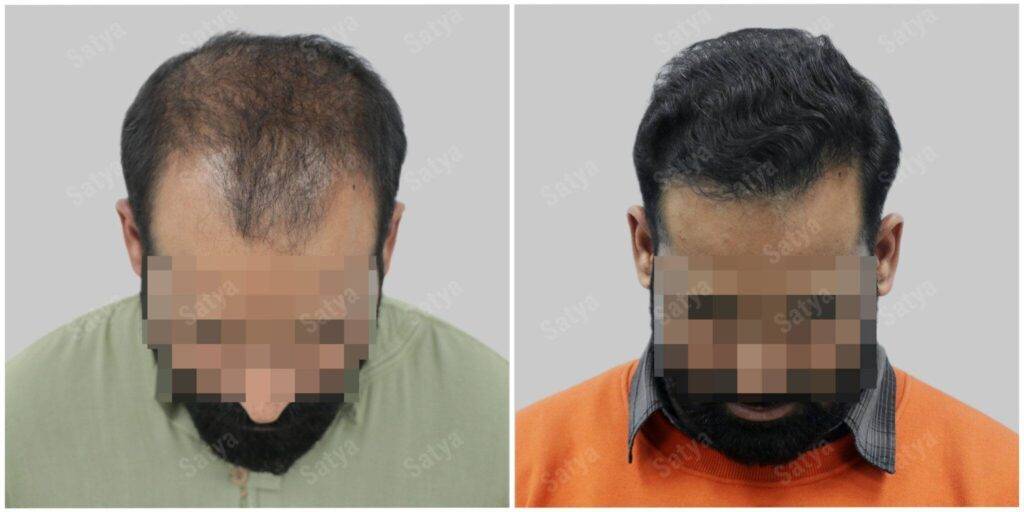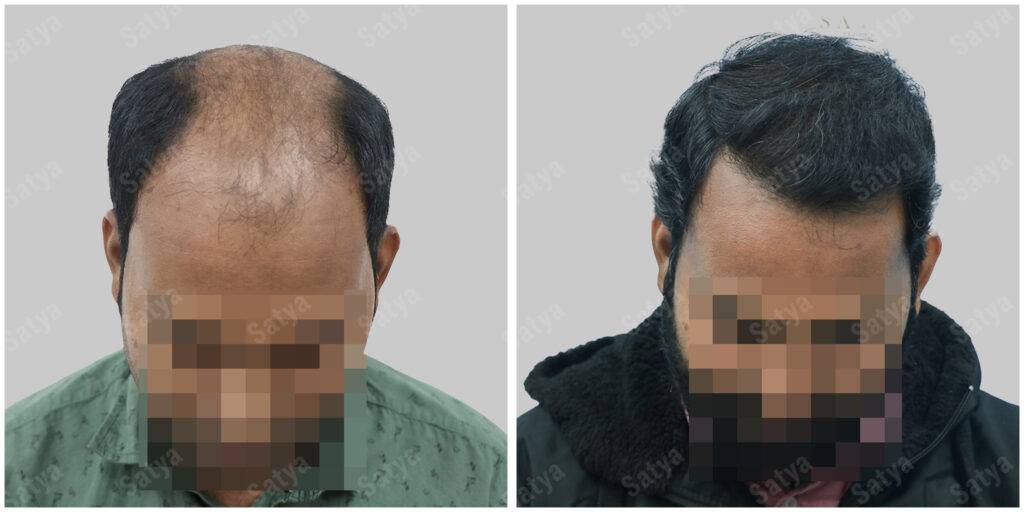MHT (Maximum Harvesting Technique)
The Evolution of Hair Transplantation
Hair transplantation has come a long way since its inception. Initially, FUT, commonly referred to as the “strip method,” was the go-to technique. It involved removing a strip of scalp from the donor area, dissecting it into individual grafts, and then transplanting them into the balding areas. While FUT was effective, it had its drawbacks, including a linear scar, longer recovery times, and a risk of nerve damage.
FUE, on the other hand, revolutionized the field by introducing a minimally invasive approach. Individual hair follicles were extracted one by one from the donor area, leaving no visible linear scar. This method reduced downtime and improved the overall patient experience. However, FUE had limitations when it came to harvesting a high number of grafts efficiently, especially for individuals with extensive baldness.

Maximum Harvesting Technique works by seamlessly integrating the key features of FUT and FUE:
- Maximum Grafts: MHT’s combination of FUT and FUE allows for the harvesting of an unparalleled number of grafts in a single session. This is a game-changer for individuals with advanced baldness, as it ensures complete coverage.
- Optimal Graft Viability: By carefully preserving the quality of grafts during the harvesting and extraction process, MHT maximizes the chances of successful graft survival and hair regrowth.
- Ultra-Discreet Results: MHT leaves minimal scarring, making it virtually undetectable even with shorter haircuts.
The Need for an Advanced Technique – Maximum Harvesting Technique:
Recognizing the strengths and weaknesses of both FUT and FUE, Dr. Shaiil Gupta set out to curate a technique that combined the best of both worlds. The result was MHT – Maximum Harvesting Technique. MHT aims to achieve maximum graft harvesting capabilities, optimal graft viability, discreet scarring, and the ability to achieve the density required for extensive baldness coverage.
Dr. Shaiil Gupta: A Pioneer in Maximum Harvesting Technique
Dr. Shaiil Gupta’s contribution to the field of hair restoration cannot be overstated. His groundbreaking MHT technique has transformed the lives of countless individuals struggling with severe baldness. Dr. Gupta’s commitment to patient-oriented care is evident in his vocal stance against excessive medication and aggressive hair treatment modalities. Instead, he focuses on providing superior hair transplant results that stand the test of time

Corrective Cases Transformed
One of Dr. Gupta’s most remarkable achievements is his ability to correct poorly executed transplants from other centres. Over hundreds of corrective cases have been successfully transformed by his sophisticated MHT technique. Patients who once faced disappointment and despair have found new hope and confidence through Dr. Gupta’s expertise.
The Maximum Harvesting Technique (MHT) represents a quantum leap in the field of hair transplantation, especially for those with extreme baldness. With the fusion of FUT hair transplant and FUE hair transplant, MHT offers maximum graft harvesting, optimal graft viability, discreet results, and a faster recovery process. Dr. Shaiil Gupta’s commitment to patient-centered care and his pioneering work with MHT have established him as a leading figure in the field of hair restoration.
For those seeking a life-changing solution to severe baldness, MHT is undoubtedly the gold standard.
Book an appointment
Consultation

Repair

Blog

Galleries

Frequently Asked Questions
MHT, or Maximum Harvesting Technique, is an advanced hair transplant method developed by Dr. Shaiil Gupta that combines the strengths of both Follicular Unit Transplantation (FUT) and Follicular Unit Extraction (FUE) to address extreme cases of baldness.
MHT seamlessly integrates features from both FUT and FUE, allowing for the harvesting of an unparalleled number of grafts in a single session, optimal graft viability, discreet scarring, and the ability to achieve the desired density required for extensive baldness coverage.
MHT is primarily designed for individuals with extreme cases of baldness where traditional FUT and FUE methods may face limitations. It offers a comprehensive solution for those seeking maximum graft harvesting capabilities and optimal graft viability.
The advantages of MHT include the ability to harvest a significantly larger number of grafts in a single session, ensuring complete coverage for extensive baldness. It also preserves the quality of grafts, maximizing the chances of successful graft survival and hair regrowth. Additionally, MHT leaves minimal scarring, making it virtually undetectable even with shorter haircuts.
Dr. Shaiil Gupta is a leading hair transplant surgeon known for pioneering the Maximum Harvesting Technique (MHT). His patient-oriented approach and commitment to providing superior hair transplant results have made him a prominent figure in the field of hair restoration.
Yes, one of the remarkable achievements of Dr. Shaiil Gupta is his ability to successfully transform poorly executed hair transplants from other centers through the MHT technique. Patients who have faced disappointment and despair due to previous procedures have found new hope and confidence through his expertise.
MHT represents a significant advancement in the field of hair transplantation, especially for individuals with extreme baldness. With its fusion of FUT and FUE, MHT offers maximum graft harvesting, optimal graft viability, discreet results, and a faster recovery process, making it the gold standard for severe baldness solutions.
MHT is indeed a life-changing solution for those with severe baldness. Its ability to provide complete coverage, preserve graft quality, and offer discreet results makes it an ideal choice for individuals seeking a comprehensive hair restoration solution for extreme baldness.




